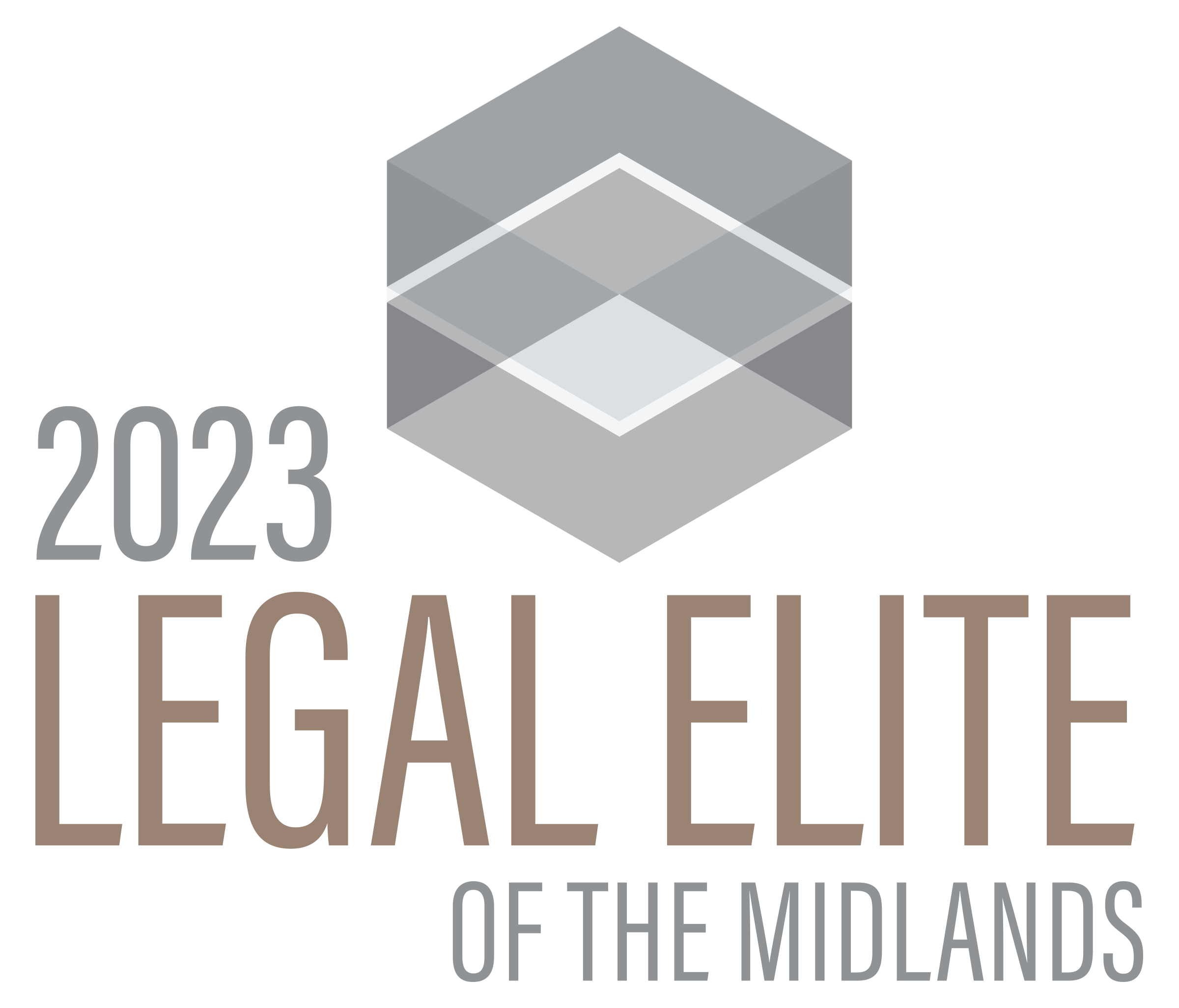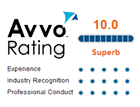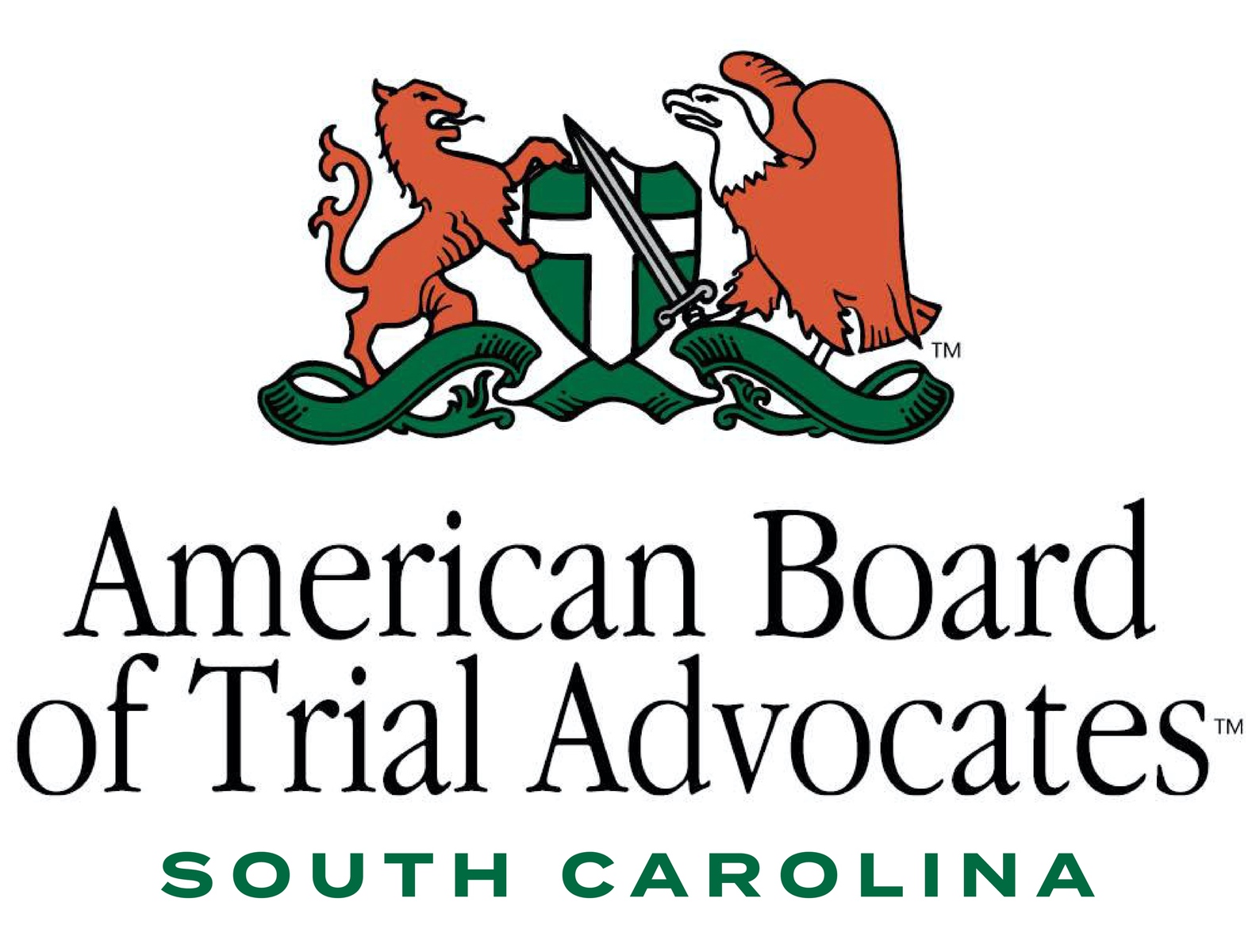
 When you file a personal injury claim, you may have an attorney to represent you in your case. When you hire your attorney, you may have signed an agreement that governs how you will pay your attorney, such as paying the attorney a portion of a settlement or verdict you obtain in your personal injury case. But how much do attorneys take from a settlement in personal injury claims? The attorney’s compensation will depend on the fee structure agreed to by the client and the terms of the fee agreement signed by the client and attorney.
When you file a personal injury claim, you may have an attorney to represent you in your case. When you hire your attorney, you may have signed an agreement that governs how you will pay your attorney, such as paying the attorney a portion of a settlement or verdict you obtain in your personal injury case. But how much do attorneys take from a settlement in personal injury claims? The attorney’s compensation will depend on the fee structure agreed to by the client and the terms of the fee agreement signed by the client and attorney.
Common Attorney Fee Structures
Personal injury attorneys may work under several fee structures. Most commonly, personal injury lawyers will enter a contingency fee agreement with their clients. In a contingency fee agreement, the client pays nothing upfront to hire the lawyer for their case. Instead, the attorney gets paid only if they secure compensation for their client in a settlement or by winning the case at trial. The attorney receives a fee equal to an agreed-upon percentage of the total compensation recovered for the client.
Contingency fee agreements align an attorney’s and client’s financial interests in a case since the attorney does not receive a fee unless they recover compensation for their client. Furthermore, the more compensation the attorney wins in a settlement, the more money the attorney earns for their fee.
In rare cases, personal injury attorneys may work under other fee structures when the attorney has concerns about the case’s success. For example, an attorney might agree to take a case under a flat fee agreement. In a flat fee arrangement, the client pays a fixed fee for the attorney’s service. A client may enter a flat fee agreement for limited services from an attorney, such as drafting or reviewing a settlement agreement, or a flat fee agreement may cover the entire personal injury case. Alternatively, an attorney may enter an hourly fee agreement with their client, under which the client agrees to pay the attorney an hourly rate for the time they spend working on the client’s case, with the attorney’s time usually broken down to a sixth or tenth of an hour.
Standard Contingency Fee Arrangements
A contingency fee agreement will entitle a personal injury attorney to a percentage of the financial recovery they obtain for their client in a settlement or at trial. In many cases, a contingency fee arrangement will use a sliding scale for the attorney’s fee percentage based on the case stage when the client obtains a recovery. A typical percentage scale for a contingency fee agreement might look like:
- 25 percent fee if the case settles before the filing of a complaint
- One-third fee if the case settles after filing a complaint
- 40 percent fee if the case goes to trial
For example, suppose an attorney working under the above contingency fee arrangement secures a $120,000 settlement before filing a court complaint. In that case, the attorney would earn a 25 percent fee, or $30,000. However, if the case settles after the attorney files a lawsuit, they would earn a one-third fee of $40,000. Finally, if the case went to trial and resulted in a mid-trial settlement or a verdict of $120,000, the attorney would earn a 40 percent fee of $48,000.
Fee percentages in contingency fee agreements can vary based on factors such as the type of personal injury case (e.g., car accident, medical malpractice, workers’ compensation, etc.), state laws/regulations, the attorney’s assessment of the case’s complexity, the fees commonly charged in the region, and the attorney’s skill and reputation.
Additional Expenses and Costs
Sometimes, a contingency fee may not cover additional expenses and costs that an attorney incurs in preparing a case. Beyond the attorney’s time and labor, they may expend money for other needs in the case, such as:
- Court filing fees
- Administrative fees to obtain police reports or medical records
- Court reporter fees
- Printing and mailing costs
- Expert witness fees (e.g., accident reconstructionists, engineers, medical professionals)
A contingency fee agreement may entitle the attorney to reimbursement of these expenses they incur on behalf of the client. An agreement may allow the attorney to obtain reimbursement before the attorney’s percentage fee (i.e., the attorney deducts costs from the settlement and then calculates their percentage fee based on the difference) or after the percentage fee (the attorney takes their percentage fee off the top line of the settlement and then deducts case expenses from the remainder).
Negotiating Attorney Fees
Clients can negotiate the terms of a fee agreement with a prospective attorney to obtain what the client views as a fair deal. An attorney may agree to modify percentages under the fee agreement, shift reimbursement of case expenses between pre- and post-fee cut, or roll case expenses into the attorney’s fee. Clients should discuss and understand the fees and costs in their case before signing the fee agreement and hiring an attorney.
Reviewing the Fee Agreement
 Clients should review a proposed fee agreement carefully to understand the key terms. Provisions that a client should pay close attention to include:
Clients should review a proposed fee agreement carefully to understand the key terms. Provisions that a client should pay close attention to include:
- The fee percentage, including the case milestones that may change the percentage the attorney earns
- Reimbursement procedures for case costs
- Payment terms if the client terminates the relationship, including if the client ultimately secures a settlement or verdict in their case
Clients should ask all the questions they need to understand their rights and obligations under a proposed fee agreement. Clients should exercise caution if they get unclear answers to their questions.
Contact a Personal Injury Lawyer Today
After getting hurt in an accident, hiring experienced legal counsel can help you maximize your compensation in a personal injury settlement, making hiring a personal injury attorney a financially beneficial decision. Call Goings Law Firm, LLC at (803) 350-9230 today for a free, no-obligation consultation to discuss the cost of hiring a personal injury attorney and learn how our firm can help you secure a fair and full financial recovery for your harm and loss.





























